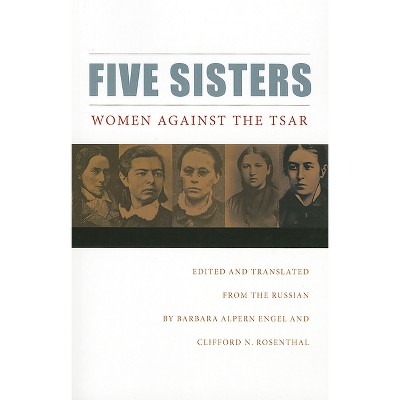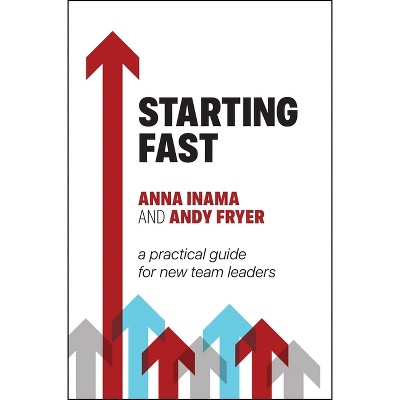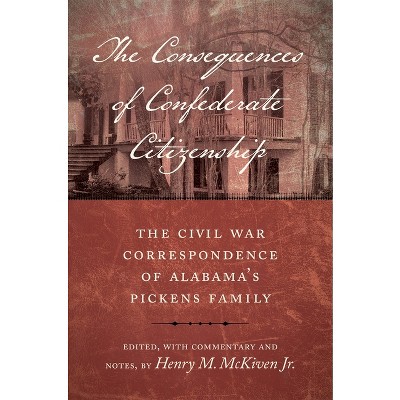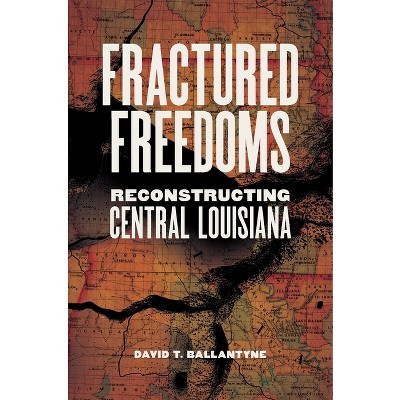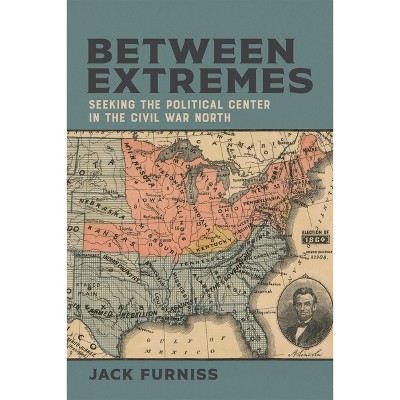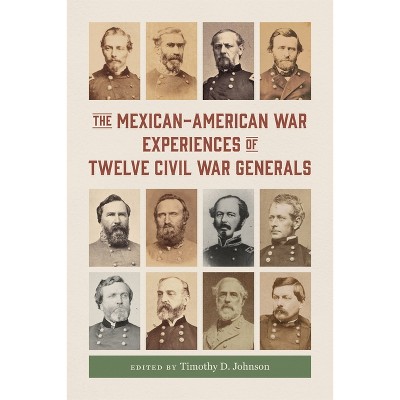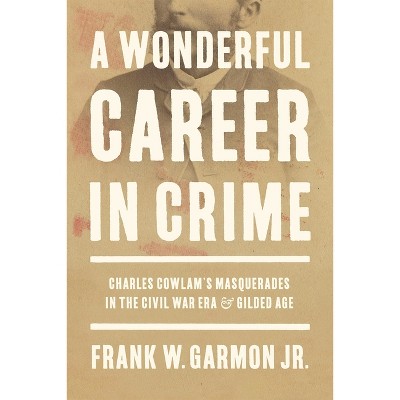Sponsored

Between Freedom and Progress - (Conflicting Worlds: New Dimensions of the American Civil War) by David Prior (Hardcover)
In Stock
Sponsored
About this item
Highlights
- Between Freedom and Progress recovers and analyzes the global imaginings of Reconstruction's partisans--those who struggled over and with Reconstruction--as they vied with one another to define the nature of their country after the Civil War.
- About the Author: David Prior is assistant professor of history at the University of New Mexico and the editor of Reconstruction in a Globalizing World.
- 272 Pages
- History, United States
- Series Name: Conflicting Worlds: New Dimensions of the American Civil War
Description
About the Book
"Between Freedom and Progress recovers and analyzes the global imaginings of Reconstruction's partisans--those who struggled over and with Reconstruction--as they vied with one another to define the nature of their country after the Civil War. The remarkable technological and commercial transformations of the mid-nineteenth century--in particular, steam engines, telegraphs, and an expanded commercial printing capacity--created a constant stream of news, description, and storytelling from across and beyond the nation. Reconstruction's partisans contended with each other to make sense of this information, motivated by intense political antagonism combined with a shared but contested set of ideas about freedom and progress. As writers, lecturers, editors, travelers, moral reformers, racists, abolitionists, politicians, suffragists, soldiers, and diplomats, Reconstruction's partisans made competing claims about their place in the world. Understanding how, why, and when they did so helps ground our understanding of Reconstruction--itself a mysterious, transatlantic term--in its own intellectual context"--Book Synopsis
Between Freedom and Progress recovers and analyzes the global imaginings of Reconstruction's partisans--those who struggled over and with Reconstruction--as they vied with one another to define the nature of their country after the Civil War. The remarkable technological and commercial transformations of the mid-nineteenth century--in particular, steam engines, telegraphs, and an expanded commercial printing capacity--created a constant stream of news, description, and storytelling from across and beyond the nation. Reconstruction's partisans contended with each other to make sense of this information, motivated by intense political antagonism combined with a shared but contested set of ideas about freedom and progress. As writers, lecturers, editors, travelers, moral reformers, racists, abolitionists, politicians, suffragists, soldiers, and diplomats, Reconstruction's partisans made competing claims about their place in the world. Understanding how, why, and when they did so helps ground our understanding of Reconstruction--itself a mysterious, transatlantic term--in its own intellectual context.
Three factors proved pivotal to the making of Reconstruction's world. First, from 1865 to the early 1870s, the interconnected issues of how to remake the Union and how to remake the South exerted a powerful hold on federal politics, defining the partisan landscape and inspiring rival arguments about what was possible and what was good. The daunting nature of these issues created a sense of crisis across the political spectrum, with political discourse ranging in tone from combative to euphoric to apocalyptic. Second, though domestic in nature, these issues were refracted through two broadly held beliefs: that the causes of freedom and progress defined history and that distinctive peoples with their own characters composed the world's population. These beliefs produced a disposition to think of developments from across and beyond the United States as essentially relatable to each other, encouraging an intellectual style that favored wide-ranging comparisons. Third, far from being confined to the elite, this mode of thinking and arguing about the world lived and breathed in public texts that were produced and consumed on a weekly and daily basis. This commercialized and politicized world of mass publishing was highly unequal in structure and content, but it was also impressively vibrant and popular. Together, these three factors made the world of Reconstruction a global landscape of information, argumentation, and imagination that derived much of its vigor from domestic political battles.Review Quotes
David Prior has written a fascinating and valuable study of America's Reconstruction within the context of sweeping domestic and international change. Between Freedom and Progress explores the impact of the development of mass communication, economics, evolving political and cultural thought, societal realignment, science and pseudo-science in framing Reconstruction in America.--Orville Vernon Burton, author of The Age of Lincoln
With a fascinating series of unexpected case studies, Prior shows that global sensibilities were integral to the struggle over Reconstruction. Between Freedom and Progress is a tightly conceptualized, original, and stimulating history of political ideology. Its attention to tension and inconsistency make it an especially valuable contribution to the history of the Civil War era and the United States in the world.--Alison Efford, author of German Immigrants, Race, and Citizenship in the Civil War Era
About the Author
David Prior is assistant professor of history at the University of New Mexico and the editor of Reconstruction in a Globalizing World. He is also an editor at the online forums H-Slavery and H-Nationalism.Shipping details
Return details
Frequently bought together

Trending Non-Fiction






